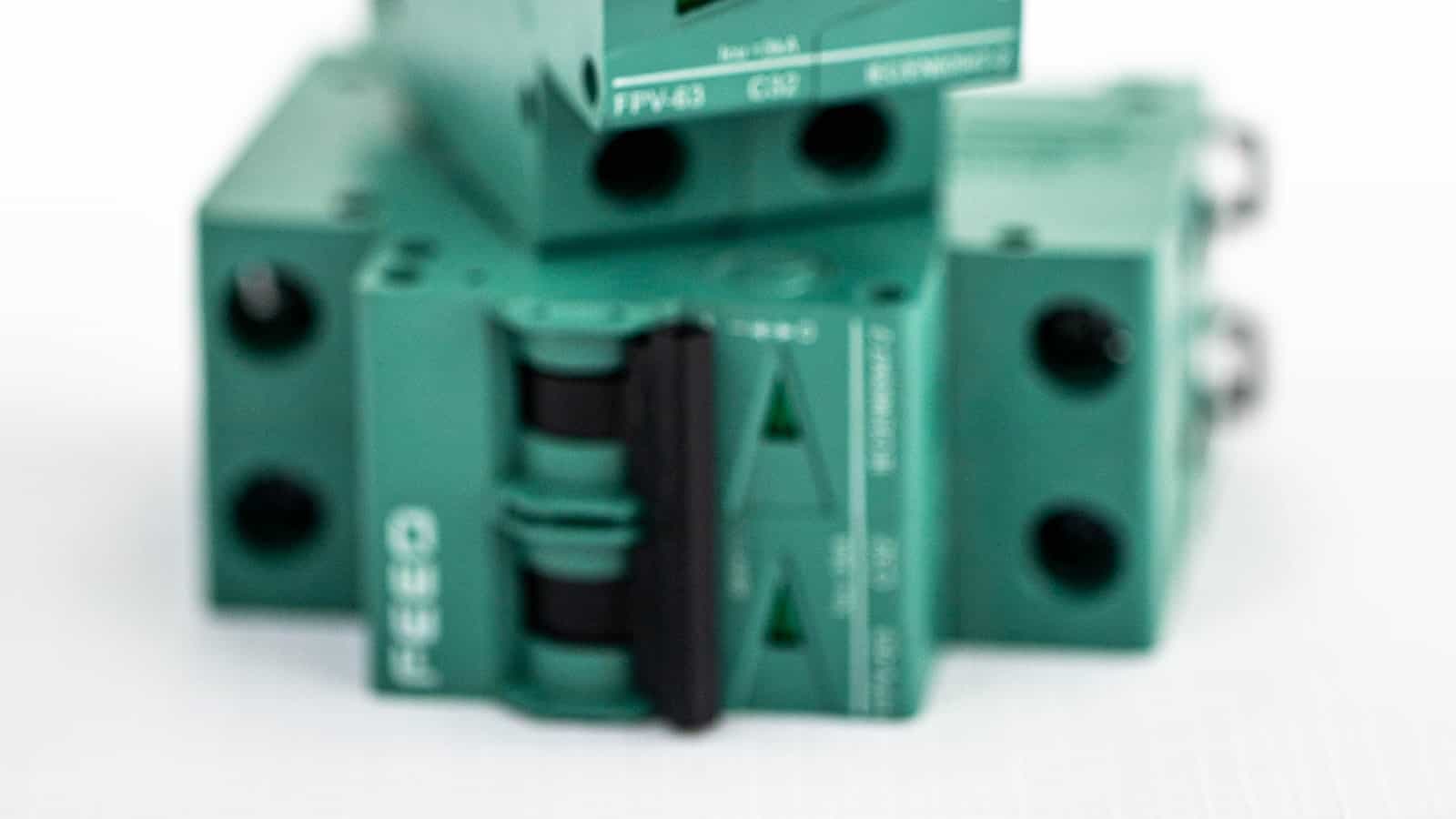The Importance of PCB Fabrication Notes
PCB fabrication notes serve as a bridge between the designer and the manufacturer. They convey essential details that are not explicitly shown in the PCB design files but are necessary for the successful manufacturing of the board. These notes help prevent misunderstandings, reduce the likelihood of errors, and ultimately save time and money by minimizing the need for revisions or rework.
Key Benefits of Accurate Fabrication Notes
- Clarity in communication
- Reduced manufacturing errors
- Faster turnaround times
- Cost savings
- Improved quality control
Common Elements of PCB Fabrication Notes
PCB fabrication notes typically include a wide range of information that covers various aspects of the manufacturing process. Let’s examine some of the most common elements found in these notes.
1. Board Specifications
The first section of fabrication notes usually focuses on the overall board specifications. This includes details such as:
- Board size and thickness
- Number of layers
- Material type (e.g., FR-4, high-frequency materials)
- Copper weight
- Finish type (e.g., HASL, ENIG, OSP)
Here’s an example table of board specifications:
| Specification | Value |
|---|---|
| Board Size | 100mm x 80mm |
| Board Thickness | 1.6mm |
| Number of Layers | 4 |
| Material Type | FR-4 |
| Copper Weight | 1 oz |
| Finish Type | ENIG |
2. Drill Information
Fabrication notes also include detailed information about the drilling requirements for the PCB. This section specifies:
- Drill file format (e.g., Excellon)
- Minimum drill size
- Hole tolerances
- Plated or non-plated holes
- Via filling requirements
3. Silkscreen and Legend
The silkscreen and legend notes provide instructions for the text, logos, and other markings on the PCB surface. These notes cover:
- Silkscreen color (e.g., white, black)
- Font type and size
- Legend placement and orientation
- Artwork requirements (e.g., vector or raster)
4. Solder Mask
Solder mask notes specify the requirements for the protective coating applied to the PCB surface. This section includes:
- Solder mask color (e.g., green, blue, black)
- Solder mask type (e.g., LPI, dry film)
- Solder mask thickness
- Solder mask clearance around pads and vias
5. Electrical Testing
Fabrication notes also cover the electrical testing requirements for the PCB. This section may include:
- Test type (e.g., flying probe, bed of nails)
- Test coverage (e.g., 100%, sample testing)
- Test points and test pads
- Electrical parameters to be tested
6. Panelization
For PCBs that require panelization, the fabrication notes should provide specific instructions, such as:
- Panel size and layout
- Tooling hole locations and sizes
- Tab routing or scoring requirements
- Fiducial marks
7. Special Requirements
In addition to the standard elements, fabrication notes may include special requirements unique to the specific PCB design. These can include:
- Controlled impedance
- High-voltage clearance
- Blind or buried vias
- Edge plating
- Specific packaging or shipping instructions
Best Practices for Writing PCB Fabrication Notes
To ensure effective communication and minimize the risk of errors, follow these best practices when writing PCB fabrication notes:
-
Be clear and concise: Use simple language and avoid ambiguity. Clearly state your requirements and expectations.
-
Use industry-standard terminology: Employ commonly used terms and acronyms to ensure a common understanding between the designer and the manufacturer.
-
Provide visual aids: Include images, diagrams, or tables to clarify complex requirements or specifications.
-
Be consistent: Maintain consistency in formatting, terminology, and units throughout the fabrication notes.
-
Review and proofread: Carefully review your notes for accuracy, completeness, and clarity. Have a colleague or peer review them as well.

FAQ
1. What happens if the fabrication notes are incomplete or unclear?
Incomplete or unclear fabrication notes can lead to misinterpretation by the manufacturer, resulting in delays, errors, or even scrapped boards. It is essential to provide comprehensive and accurate notes to avoid such issues.
2. Can I use different fabrication notes for different PCB manufacturers?
While the core elements of fabrication notes remain consistent, it is common to tailor the notes to the specific requirements and capabilities of each manufacturer. Consult with your chosen manufacturer to understand their preferences and adjust your notes accordingly.
3. How do I handle revisions to the fabrication notes?
When revisions are necessary, clearly mark the changes and communicate them to the manufacturer. Maintain version control and keep a record of all revisions for reference and traceability.
4. What should I do if I have specific requirements not covered in standard fabrication notes?
If you have unique or non-standard requirements, discuss them with your manufacturer in advance. They can guide you on how to incorporate these requirements into your fabrication notes effectively.
5. How can I ensure my fabrication notes are compatible with the manufacturer’s processes?
Engage in open communication with your chosen manufacturer. Share your fabrication notes early in the design process and seek their feedback. They can provide valuable insights and suggestions to optimize your notes for their specific manufacturing processes.
Conclusion
Decoding PCB fabrication notes is a critical skill for both PCB designers and manufacturers. By understanding the common elements, best practices, and the importance of clear communication, designers can create comprehensive and effective fabrication notes that streamline the manufacturing process. Manufacturers, in turn, can interpret these notes accurately, ensuring the production of high-quality PCBs that meet the designer’s specifications.
Remember, the key to successful PCB fabrication lies in the collaboration between the designer and the manufacturer. By working closely together and maintaining open lines of communication, both parties can navigate the complexities of PCB fabrication notes and achieve optimal results.






Leave a Reply